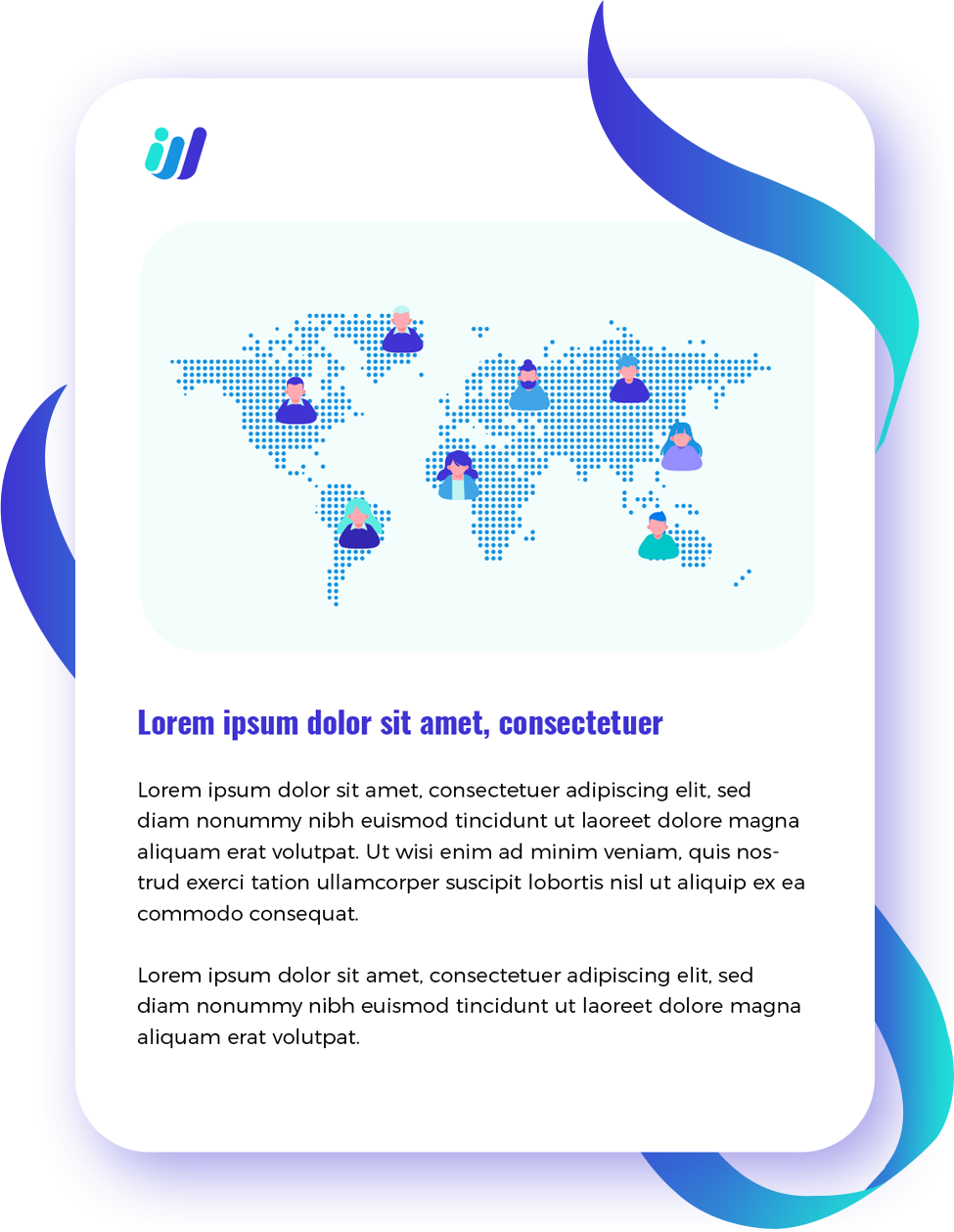Introduction to Third Wave Outsourcing: What You Need to Know
Outsourcing has evolved significantly over the years, and one of the latest trends making waves in the industry is Third Wave Outsourcing. This evolution is reshaping the way businesses operate, emphasizing adaptability and competitiveness. In this article, we will compare Third Wave Outsourcing with Traditional Outsourcing, exploring the key differences, technologies, and trends shaping the outsourcing landscape.
History of Outsourcing
A. First Wave Outsourcing
The history of outsourcing can be traced through three distinct waves, each marked by unique characteristics and driving forces. The First Wave of Outsourcing, which emerged in the late 1980s and early 1990s, was primarily motivated by the goal of cost reduction. During this period, businesses realized that hiring less skilled and cheaper talent for routine tasks allowed them to focus on core functions and flourish in a competitive market. The infrastructure for outsourcing began with the deregulation of long-distance calls, creating an international marketplace. Call centers, a direct product of this wave, became a staple outsourcing activity. However, the First Wave eventually gave way to a need for scalability, adaptability, and a shift in focus from cost savings to meeting the demands of a changing market.
B. Second Wave Outsourcing
The Second Wave of Outsourcing, arriving at the turn of the century, was triggered by the Y2K bug crisis, which exposed the vulnerability of complex systems to date-related issues. This event led to a surge in outsourcing demand, especially in countries like India, where a skilled IT workforce was readily available. The focus during this wave shifted beyond mere cost reduction to strategic advantages. The “follow the sun” concept emerged, aiming to pass work across different time zones to increase productivity. However, despite its promises, the Second Wave had shortcomings, particularly in software outsourcing, leading to a decline in the industry. Companies began to realize the importance of hiring well-trained professionals for sustained success.
C. Third Wave Outsourcing
The Third Wave of Outsourcing, starting in 2018 and accelerated by the COVID-19 pandemic in 2020, reflects a paradigm shift in outsourcing priorities. While cost reduction remains a benefit, the primary focus has shifted to culture and talent. Businesses now seek the best talent globally, emphasizing alignment with company culture, treating outsourced individuals as partners, and emphasizing individual skill sets. Unlike the previous waves, the Third Wave is more about collaboration, partnership, and integrating the work of both parties to achieve success. The flat world concept, accelerated by technology and the pandemic, has made it easier for businesses to access talent worldwide, creating a new era where having the best talent and a strong online presence are the driving forces behind successful outsourcing strategies.
Traditional Outsourcing VS Third Wave Outsourcing
A. Shift in Focus
Traditional Outsourcing was initially centered around cost-cutting measures. The first two waves of outsourcing were characterized by a focus on offshore locations, often limited to specific regions, with companies seeking to reduce operational expenses by outsourcing non-core functions. Then came Third Wave Outsourcing which shifted the focus from cost reduction to talent acquisition and collaboration across borders. Third Wave Outsourcing actively seeks the best global talent, crossing borders and cultures to build diverse teams aligned with company values.
B. Strategic Partnerships
Traditional Outsourcing typically involves a transactional relationship between the client and the service provider, centered around cost savings and operational processes involving repetitive tasks and lower-skilled functions. Third Wave Outsourcing, however, emphasizes strategic partnerships. This approach encourages collaboration and mutual growth, aligning the interests of both parties and integrating talent with the company’s goals, values, and expertise for sustained success.
C. Holistic Talent Management
Traditional Outsourcing simply focused on specific tasks or processes, whilst overlooking the potential for holistic talent management. In contrast, Third Wave Outsourcing takes a more comprehensive approach, recognizing the importance of nurturing and retaining top talent. It emphasizes building relationships with top-tier professionals and leveraging diverse skill sets to drive innovation and competitiveness. It also highlights company culture and treating top-tier professionals as peers. By strategically aligning talent management with organizational goals and growth, Third Wave Outsourcing places a premium on innovation and value creation, bringing new ideas and solutions to the table that drive business growth.
D. Digital Transformation
Another key distinction between Traditional Outsourcing and Third Wave Outsourcing lies in the focus on digital transformation. Third Wave Outsourcing incorporates advanced technologies such as artificial intelligence, machine learning, automation, and analytics to enhance decision-making, streamline processes, and boost efficiency. Traditional Outsourcing was not as proactive in adopting transformative technologies. It relied on basic processes, manual labor and traditional methods. In today’s digital age, leveraging cutting-edge technologies is integral to staying ahead of the competition.
E. Flexibility, Scalability, and Adaptability
Unlike Traditional Outsourcing, which often involved rigid contracts and fixed-term agreements, Third Wave Outsourcing is marked by flexibility and scalability. Companies can adapt quickly to changing business needs and scale their operations up or down as required. Moreover, while Traditional Outsourcing relied heavily on traditional communication methods, Third Wave Outsourcing embraces remote work which allows businesses to consistently respond to market demands by utilizing digital communication tools for real-time collaboration and transparent communication. In a rapidly changing business environment, it’s important for organizations to stay nimble and quickly adapt to technological advancements and market trends.
Adopting Third Wave Outsourcing Principles
Third Wave Outsourcing represents a paradigm shift from the conventional outsourcing models. It places a premium on talent, innovation, and collaboration. As businesses navigate the challenges of a constantly evolving global landscape, embracing the principles of Third Wave Outsourcing becomes crucial. To harness the power of the Third Wave, businesses must follow the following steps:
- Determine Your Target Markets – Begin by identifying the markets with high concentrations of talent in your industry. Consider language, visa, and relocation requirements, along with the competitiveness and cost of hiring in each market.
- Study Your Target Markets – Conduct in-depth research on the local talent, analyzing demographics, skills, preferences, and behaviors of potential candidates. Utilize various sources, including online platforms, databases, reports, and social media, and leverage your network for referrals.
- Tailor Your Sourcing Strategy – Customize your sourcing strategy for each target market, adapting channels, tools, and methods to suit cultural and professional norms. Adjust messaging, tone, and value proposition to appeal to diverse markets.
- Foster Good Relationships with Your Candidates – Establish a rapport with international candidates by communicating regularly through various channels. Consider time zones and working hours to ensure effective communication, providing relevant and timely information.
- Strengthen Your Pipeline – Develop a robust talent pipeline by managing a database of prospective candidates, monitoring their progress, and offering continuous feedback. You can also optimize your pipeline by segmenting candidates based on their skills, location, interests, and other relevant criteria.
Future of Outsourcing
Looking ahead, outsourcing will remain a strategic option for businesses, offering boosted productivity, reduced operating expenses, and enhanced adaptability. Businesses can unlock their full potential by embracing this profound approach of utilizing the power of international talent and collaboration and prioritizing relationships over processes.
The Third Wave of Outsourcing introduces several trends reshaping the outsourcing landscape, including AI-powered automation, predictive analysis, emphasis on remote workforce, cost-effective solutions, data security, compliance and regulations, cloud computing, and more. These trends highlight the shift towards a more technology-driven, efficient, and secure outsourcing environment.
To delve deeper into the transformative potential of Third Wave Outsourcing, download the comprehensive eBook today which is available on their official website. Gain valuable insights and strategies to nurture top-tier talents, embrace digital transformation, and position your organization at the forefront of the dynamic global marketplace.



